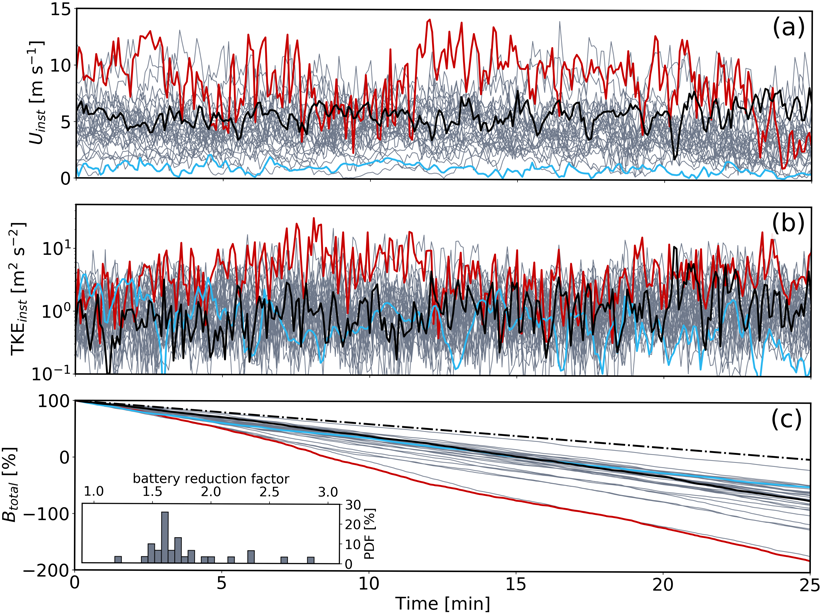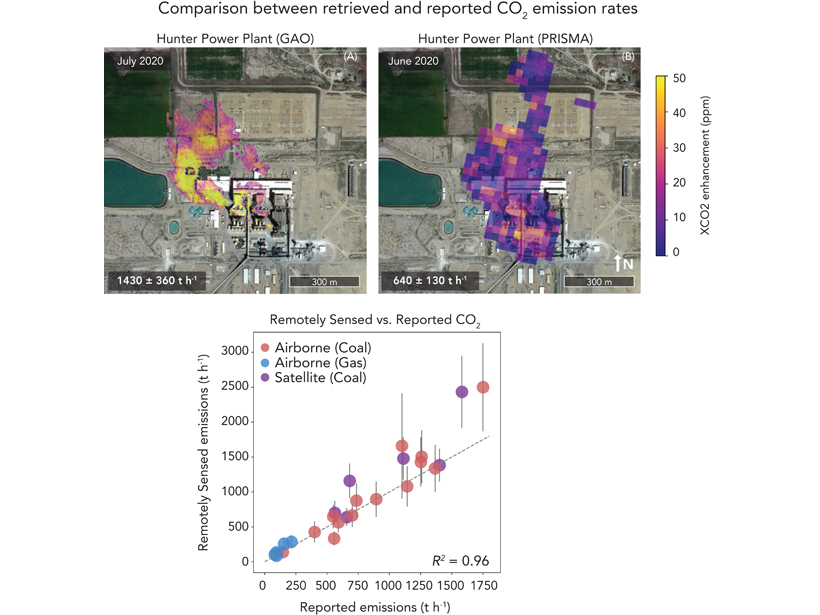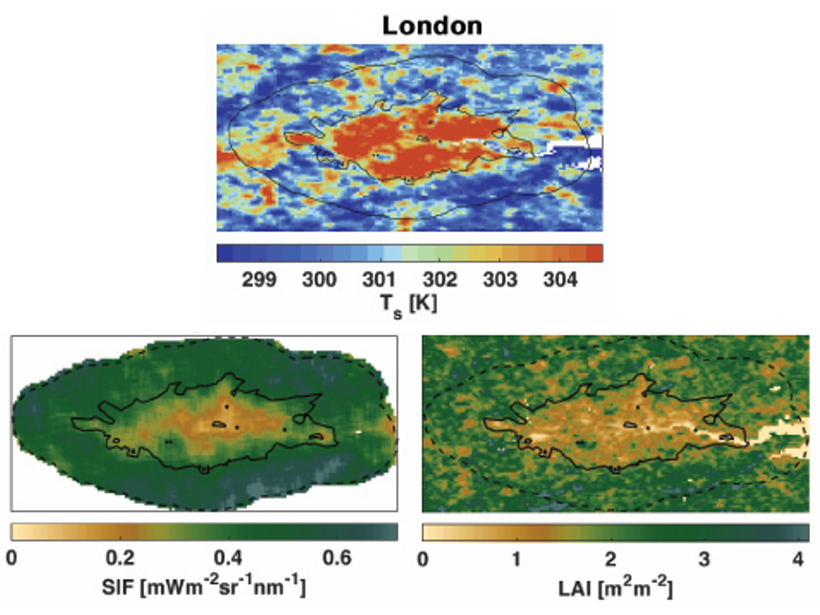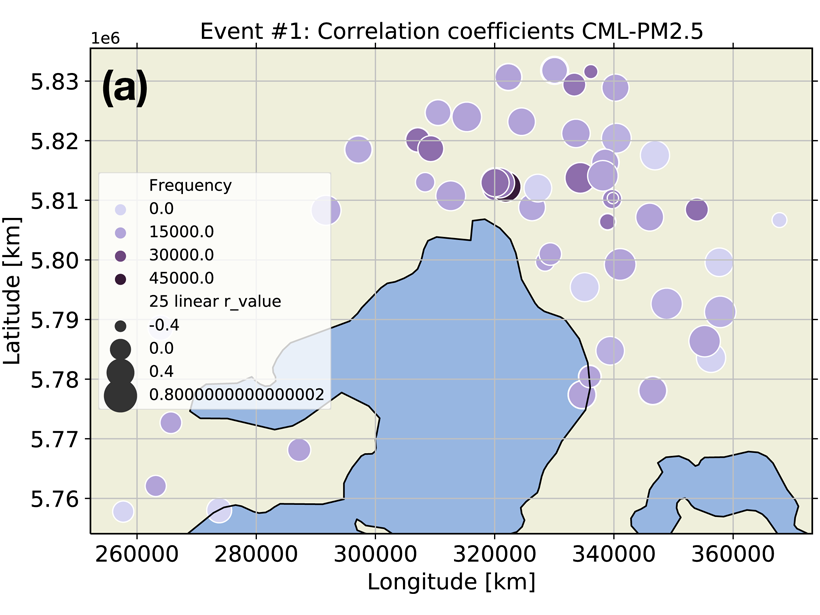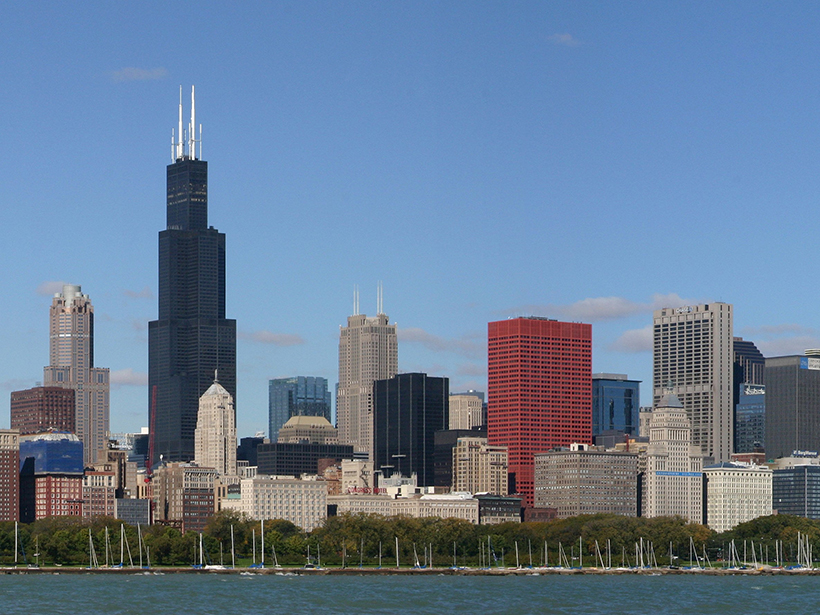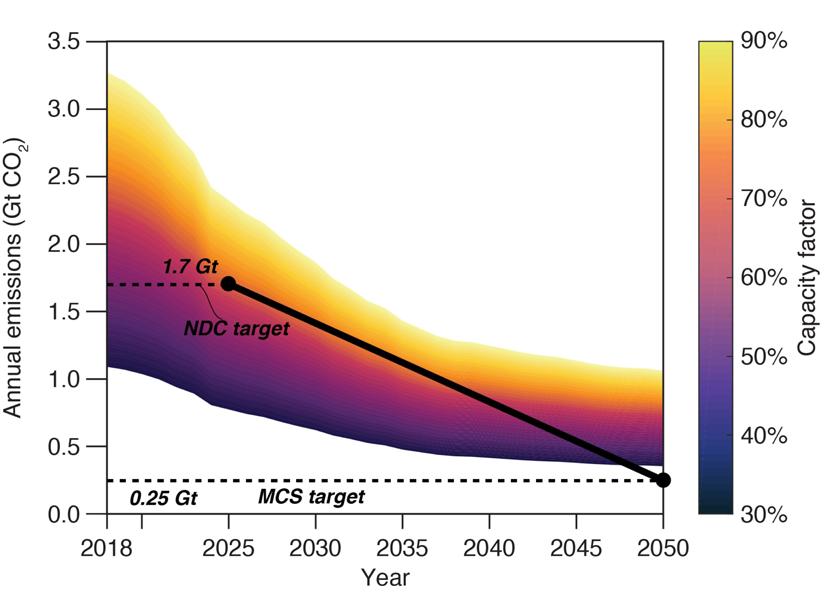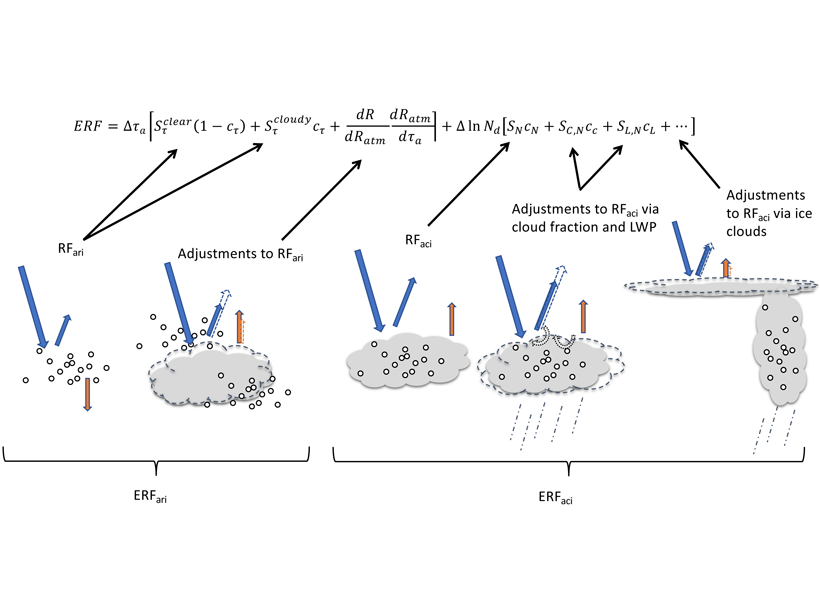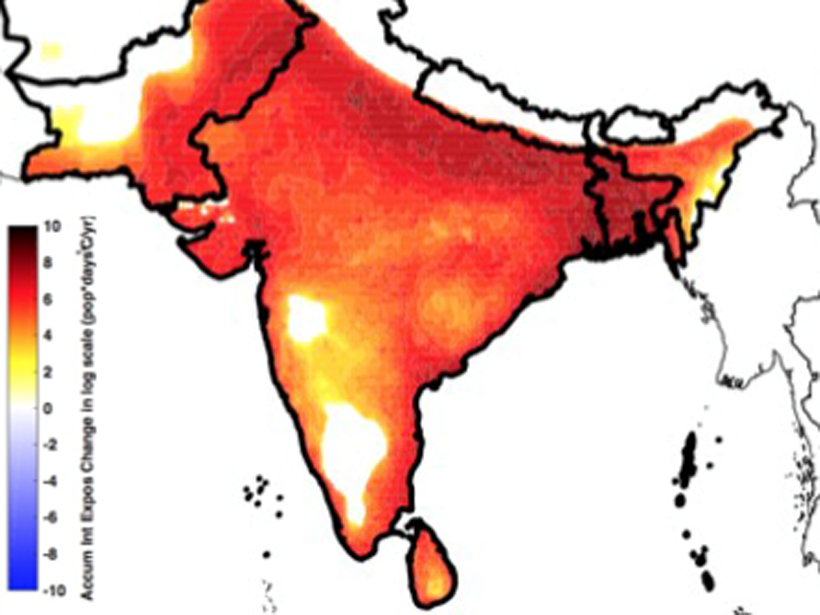Un nuevo informe del gobierno de EE. UU. muestra que el clima está cambiando y que las actividades humanas conducirán a muchos más cambios. Estos cambios afectarán el nivel del mar, la frecuencia de las sequías, las precipitaciones severas y más.
D. Wuebbles
Editor, AGU Advances
Modeling Urban-Weather Effects Can Inform Aerial Vehicle Flights
Microscale modeling can be used to understand and predict urban weather with sufficient detail to inform and support flight safety for crewed and uncrewed aerial vehicles.
Constraining Global Power Plant Emissions of Carbon Dioxide
Airborne and satellite imaging spectrometers provide accurate quantifying of CO2 emissions at the facility scale, which is important to emission budgets and policy constraints.
Urban Vegetation Key Regulator for Heat Island Intensity
Satellite data reveals that urban vegetation, especially urban forests, is the most important factor regulating Urban Heat Island intensity.
New Data on Smoke Particulates from Cellular Radio Signals
Through analyzing radio links signal levels, retrieved surface smoke particulate concentrations can complement limited datasets from air quality stations in improving impacts analyses for wildfires.
Converging on Solutions to Plan Sustainable Cities
Climate change will exacerbate the food, energy, water, health, and equity challenges that urban communities face, but cities also have opportunities to improve sustainability and outcomes.
Committed U.S. Power Emissions Incompatible with Paris Agreement
Without a significant reduction in usage, committed emissions from coal and gas plants in the United States are already incompatible with the country’s pledges under the Paris climate agreement.
Effects of Particles on Climate Remain Unsettled
Major advances have been made in the understanding of the physics and chemistry of particles, but major uncertainties remain in determining their radiative forcing effects on climate.
Health Concerns from Combined Heat and Pollution in South Asia
Little research has studied the impacts of combined climate conditions. Together, heat events and poor air quality in South Asia amplify the imminent health challenge.
AGU Advances Goes Online
Featuring high-impact papers and a streamlined process, AGU’s new journal is ready to launch.


